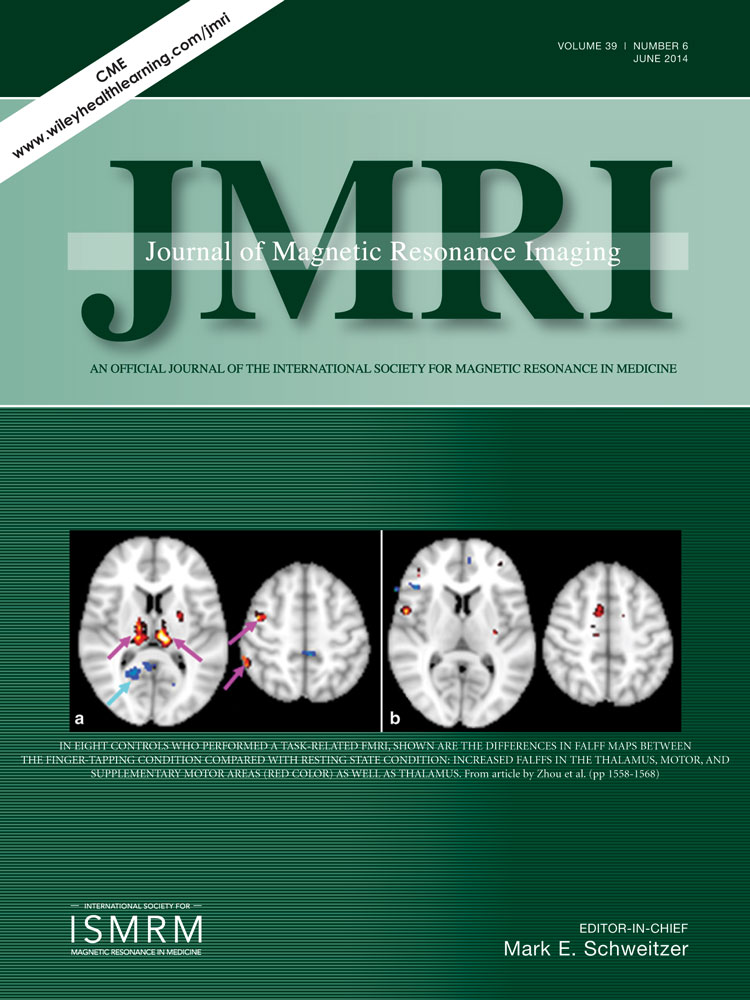High resolution myocardial first-pass perfusion imaging with extended anatomic coverage
Abstract
Purpose
To evaluate and to compare Parallel Imaging and Compressed Sensing acquisition and reconstruction frameworks based on simultaneous multislice excitation for high resolution contrast-enhanced myocardial first-pass perfusion imaging with extended anatomic coverage.
Materials and Methods
The simultaneous multislice imaging technique MS-CAIPIRINHA facilitates imaging with significantly extended anatomic coverage. For additional resolution improvement, equidistant or random undersampling schemes, associated with corresponding reconstruction frameworks, namely Parallel Imaging and Compressed Sensing can be used. By means of simulations and in vivo measurements, the two approaches were compared in terms of reconstruction accuracy. Comprehensive quality metrics were used, identifying statistical and systematic reconstruction errors.
Results
The quality measures applied allow for an objective comparison of the frameworks. Both approaches provide good reconstruction accuracy. While low to moderate noise enhancement is observed for the Parallel Imaging approach, the Compressed Sensing framework is subject to systematic errors and reconstruction induced spatiotemporal blurring.
Conclusion
Both techniques allow for perfusion measurements with a resolution of 2.0 × 2.0 mm2 and coverage of six slices every heartbeat. Being not affected by systematic deviations, the Parallel Imaging approach is considered to be superior for clinical studies. J. Magn. Reson. Imaging 2014;39:1575–1587. © 2013 Wiley Periodicals, Inc.




